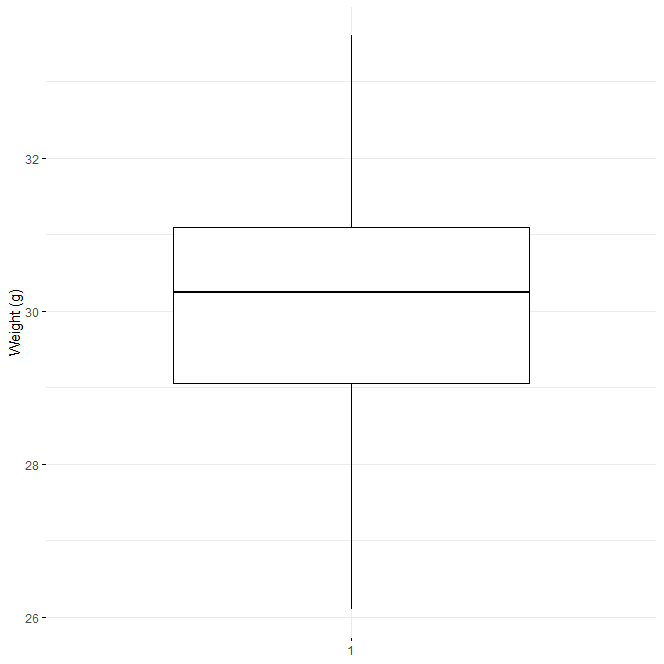Top 5 Books to Learn Data Engineering, Data Engineering is a critical field within the broader scope of data science and analytics that focuses on designing, constructing, and managing systems and processes that enable the collection, storage, processing, and analysis of large volumes of data.
As organizations increasingly rely on data to drive decision-making and strategy, data engineering has become crucial in ensuring that data is accessible, reliable, and usable.
Key Responsibilities of Data Engineers
- Data Architecture: Data engineers design and implement robust data architectures that support data storage and retrieval. They develop data models and establish how data will flow through various systems.
- Data Integration: They work to consolidate data from various sources, including databases, APIs, and external data streams, to ensure that data from different silos can be accessed and utilized effectively.
- Data Pipeline Development: Data engineers build, maintain, and optimize data pipelines that automate the process of data collection, transformation, and loading (ETL). This ensures that data is processed in real-time or near-real-time.
- Data Quality and Governance: Ensuring the quality and integrity of data is paramount. Data engineers implement mechanisms for data validation, cleansing, and monitoring, and they work to enforce data governance policies.
- Collaboration with Data Scientists and Analysts: Data engineers collaborate closely with data scientists, analysts, and other stakeholders to understand their data needs and ensure that the data infrastructure supports analytical and operational requirements.
| S/N | Book Name | Author | Book LInk |
|---|---|---|---|
| 1. | Data Engineering with Python | Paul Crickard | Buy on Amazon |
| 2. | Designing Data-Intensive Applications | Martin Kleppmann | Buy on Amazon |
| 3. | Spark: The Definitive Guide: Big Data Processing Made Simple | Bill Chambers, Matei Zaharia | Buy on Amazon |
| 4. | Data Science For Dummies | Lillian Pierson, Jake Porway | Buy on Amazon |
| 5. | The Data Warehouse Toolkit | Ralph Kimball, Margy Ross | Buy on Amazon |
Tools and Technologies in Data Engineering
Data engineering relies on a diverse set of tools and technologies, including:
- Database Management Systems (DBMS): SQL databases (e.g., PostgreSQL, MySQL) and NoSQL databases (e.g., MongoDB, Cassandra) for structured and unstructured data storage.
- Data Warehousing Solutions: Platforms like Amazon Redshift, Google BigQuery, and Snowflake for analytical data storage and processing.
- Big Data Technologies: Frameworks like Apache Hadoop and Apache Spark for processing large datasets.
- ETL Tools: Tools for data extraction, transformation, and loading, such as Apache NiFi, Talend, and Informatica.
- Cloud Platforms: Services offered by AWS, Google Cloud Platform, and Microsoft Azure provide scalable infrastructure and tools for data engineering tasks.
Conclusion
Data engineering serves as the backbone of data science and analytics, ensuring that data is organized, accessible, and ready for analysis.
By mastering the techniques of data architecture, integration, and pipeline development, data engineers play a pivotal role in transforming raw data into valuable insights that can drive business success.











